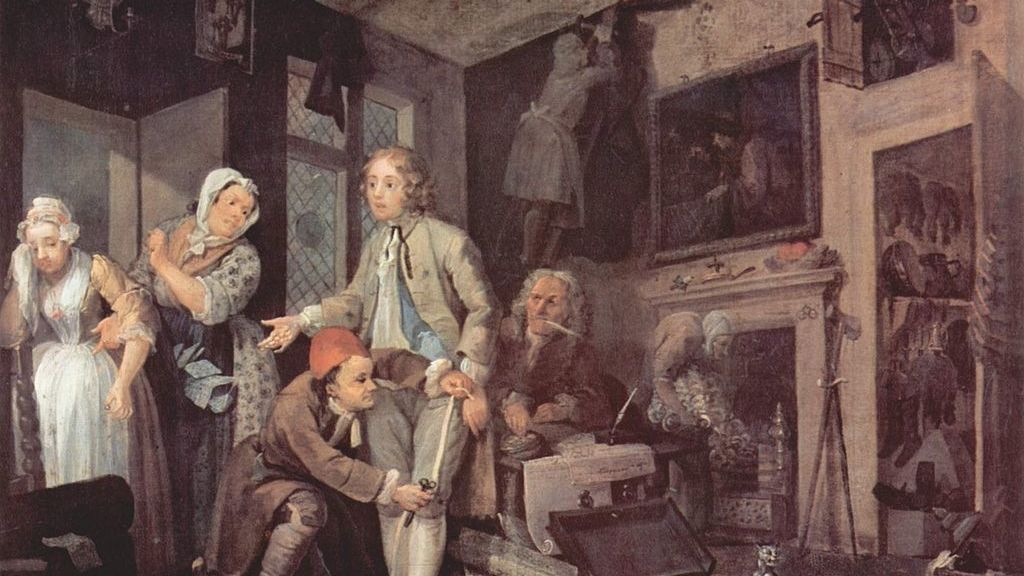Stravinsky, Hindemith, and Poulenc: Three Twentieth Century Pastorales
With roots in the Baroque period, the musical pastorale evokes a serene, bucolic landscape. Often, it rolls along in a gentle 6/8 time and suggests the simple, free-floating melodies and drones of a shepherd’s bagpipes. J.S. Bach’s Pastorella In F Major, BWV 590 for organ, the final movement of Corelli’s “Christmas” Concerto, and the Pastoral Symphony from Handel’s Messiah are famous examples. The sound world of the twentieth century was dominated by …







